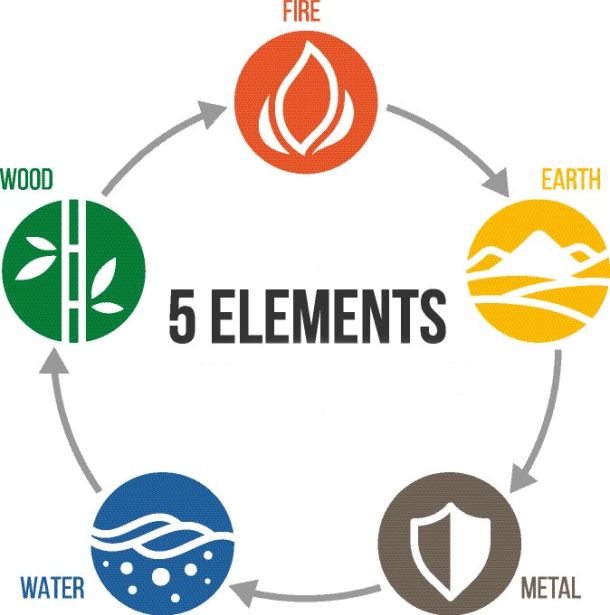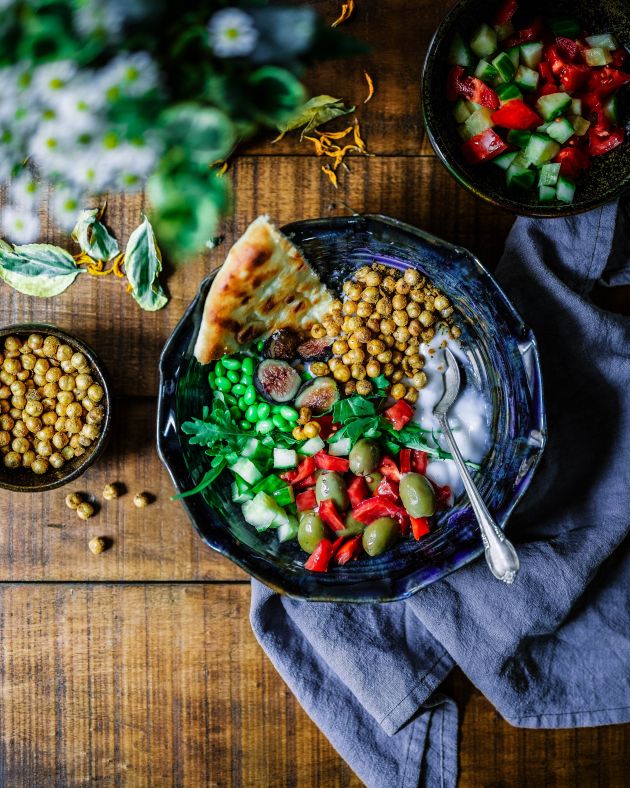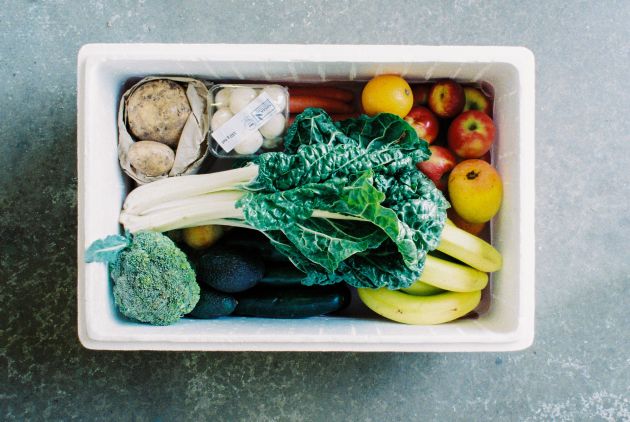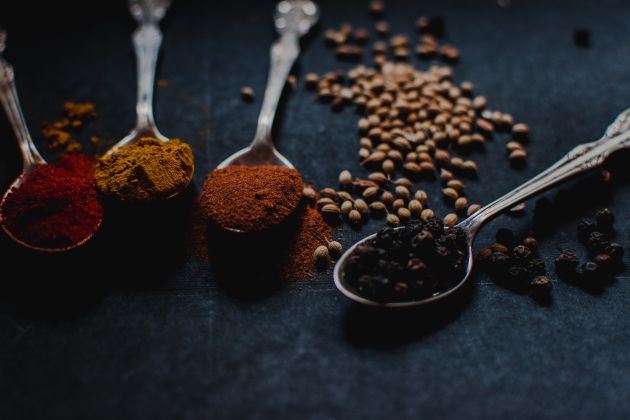What is 5 elements cuisine?
This nutritional concept based on the five elements comes from China and is an important part of Traditional Chinese Medicine which developed from Taoism approx. 3000 years ago. It relates to the balance between Yin and Yang, material and energy. If a person is ill, weak or off balance, it is said to stem from an imbalance between the two poles of yin and yang in the body, mind and soul.
The focus is therefore not just on nutritional content but also on the effect the dishes have on energy balance.
While the origins of Five Elements Nutrition lie in China, for us it is not about cooking with exotic and unfamiliar foods. Instead, we draw on the concept to classify our local produce and to understand the health benefits of dishes.
This is not a new food trend or a new kind of diet; rather it is based on ancient and traditional knowledge and on the original laws of nature which transform Five Elements Nutrition into an attitude to life.

Hildegard von Bingen
“Just as the elements hold the world together, so in the same way they are responsible for holding the human body together”.
Ester Krahwinkel & Tanja Bunse
„Five Elements Nutrition forms part of an overall philosophy which views individuals and nature from a uniform perspective.“
Sun Simiao (Tang Dynasty 610-907 AD)
„Nutrition can balance out environmental influences, bring the organs into harmony, stimulate the mind, bolster vitality and strengthen the blood.“
According to Traditional Chinese Medicine, all spiritual, energy-based and emotional phenomena can be attributed to the following five elements: wood – fire – earth – metal - water
Foods are also allocated to the elements in dietetics. Flavour plays a big role in this and is allocated to the elements as follows: sour - bitter - sweet - sharp - salty
Based on Five Elements Nutrition, all five flavour types, so-called Umami, should ideally be included, thereby triggering a flavour explosion and having a holistic impact on the body and soul.
The thermal effect of the foods is also very significant and is divided into: hot - warm - neutral - refreshing - cold
Chilli is the best example of a hot thermal effect on the body. The individual becomes hot and the energy flows up to the head which becomes red and starts to sweat. But it’s not just chilli which has a thermal effect on our body; every individual food has its own individual effect on the body which may not be as visible as in the case of chilli.
The cooking process can modify the effect of the food so it is important to select the right kind of preparation for individual meals.
Our bowls are prepared to be as neutral as possible to ensure that the dishes are suitable for everyone and can therefore strengthen one’s own personal core.
Important: Five Elements Teaching is based on the fundamental principles of Chinese dietetics but can also be found in every other traditional food culture too.
In our case, it is about ecological regional foods which have been put together to create a meal based on the Five Elements Concept.
More information about Five Elements Nutrition and Traditional Chinese Medicine can be found in the Food Blog section.







